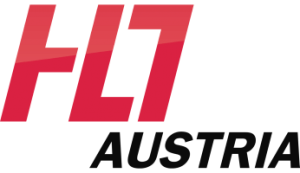KIOLA 2024
Short Description | The purpose of this track is to get familiar with the KIOLA IG for telehealth systems, so you can learn how to integrate it with your own digital health solutions. |
Long Description | KIOLA can be tailored to the treatment of specific diseases and customized for patients, using treatment plans. They support a range of different measurements, which can be automatically transmitted or manually entered using different devices. In the current version of the implementation guide it is possible to use FHIR for these customizations. Third party systems can use the API either as a way to orchestrate KIOLA instances as part of larger treatment programs or integrate into KIOLAs treatment plans to provide additional services on a patient-basis. In future versions, it will also be possible to upload and/or query any kind of data (observations, tasks, etc.) to/from the system. |
Type | FHIR IG |
Submitting Work Group/ | HL7 Austria / TC FHIR AIT Austrian Institute of Technology GmbH |
Track Lead(s) | |
Track Lead Email(s) | stefan.beyer@ait.ac.at |
Related Tracks | - |
FHIR Version | FHIR R4 |
Specification(s) this track uses | KIOLA FHIR IG (Download, PW: fhirHackathon2024) |
Artifacts of focus |
|
Expected participants | |
Date / Time | Monday March 11, 09:00am-03:30pm CET |
Test Servers | |
Track Details | Prerequisites (recommended)
System roles
Get startedTo get started please select a user (1-5) and download the corresponding environment for the REST-client. Please communicate which user you are using to the other participants, to avoid conflicts. The password for all users is " ScenariosAll of the scenarios consist of a FHIR part and a UI part using KIOLAs web interface, so you can learn how the FHIR API influences the UI and vice-versa. 1 - Upload and manage PlanDefinitionsHere you will learn how to create and manage standard treatment plans. You will learn how to add measurements to the plan and how to use advanced features, such as compliance or allowed modes of data entry.
2 - Apply PlanDefinitions and modify CarePlansNow you will apply the plan definitions you created in the previous scenario to patients and create individual treatment plans for them. You will learn how the standard treatment plans are related to the individual plans and how conflicts are handled, if multiple plan definitions are applied.
3 - Upload a DiagnosticReportIn this scenario you can upload a diagnostic report to the system and see it appear as a measurement. This is a preview of the upcoming APIs, that will allow any kind of measurements or tasks to be uploaded or queried. |
